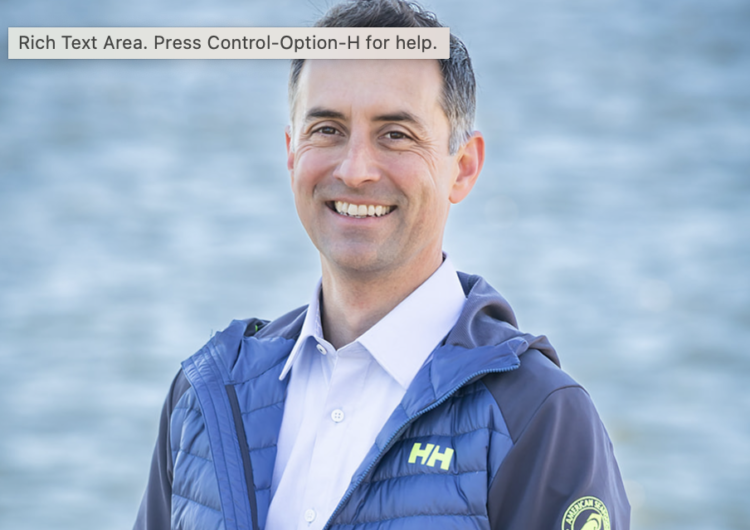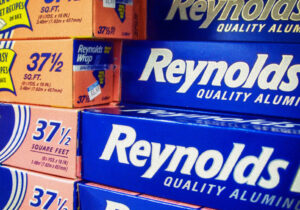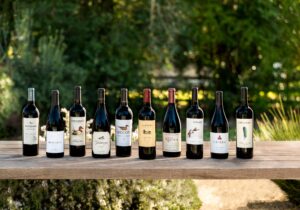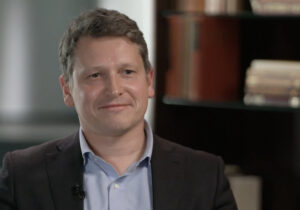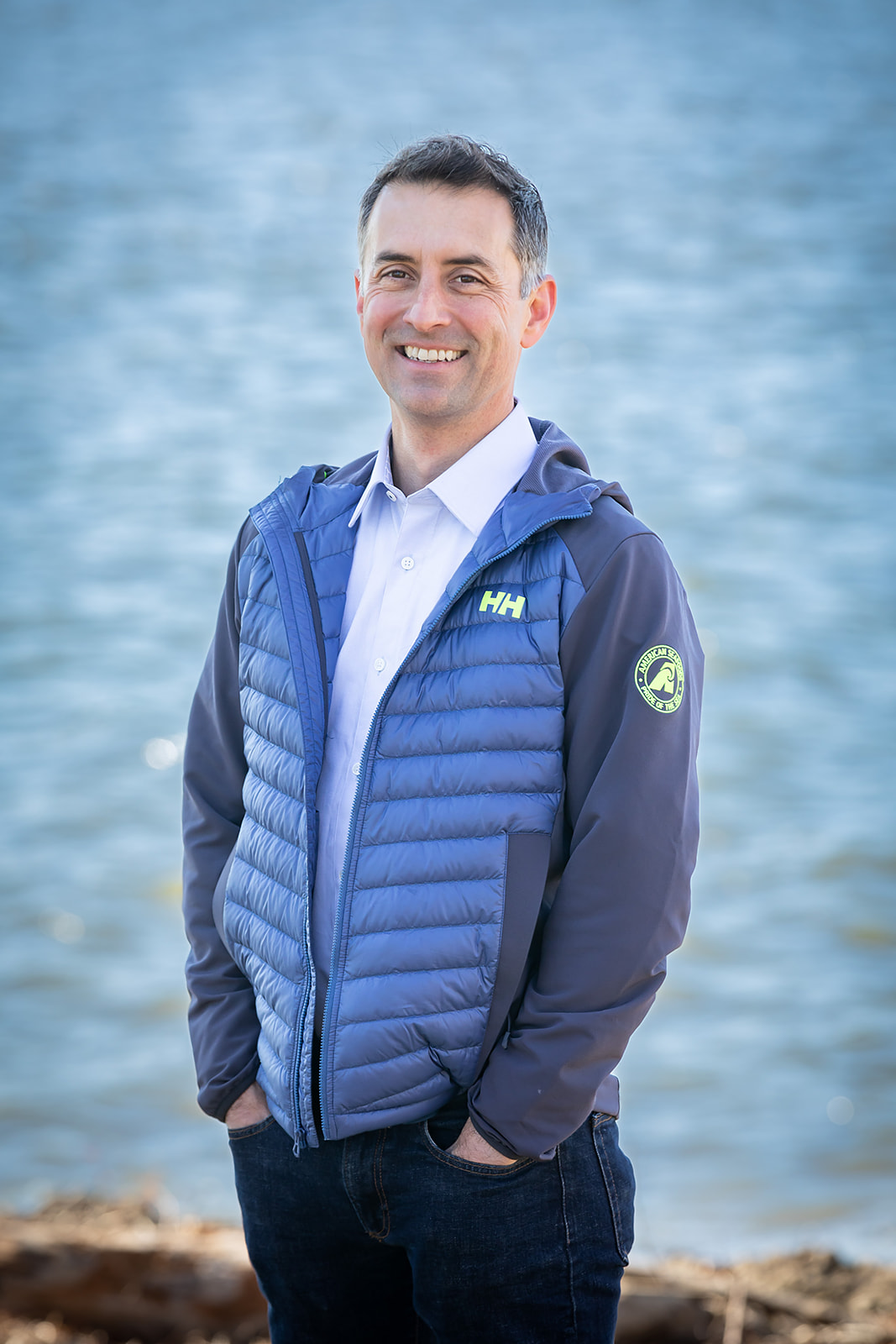
Tim Fitzgerald, American Seafoods Chief Sustainability Officer
By Exec Edge Editorial Staff
Sustainability is ubiquitous in business. But consumers may not realize how much effort goes into making seafood sustainable, from fisheries management to ships to innovation.
Exec Edge spoke with American Seafoods’ Chief Sustainability Officer Tim Fitzgerald to find out more.
Can you discuss your background, and what led you to American Seafoods?
Well, I’ve loved the ocean ever since my first visit to the Coney Island Aquarium over 40 years ago. Since then, my career has taken me from marine science and conservation advocacy to my current role in the private sector. The common thread has always been a keen desire to make our ocean healthier and more resilient, while also helping the people and businesses that rely on it to thrive.
Prior to joining American Seafoods, I worked for nearly two decades at Environmental Defense Fund (EDF) – a leading international conservation organization – with investors, multilateral institutions, and the seafood industry to improve the sustainability of global fishing and aquaculture industries. This included close partnerships and advisory roles with investment funds, seafood companies, certification programs and non-profit institutions. It was there that I learned about American Seafoods and the Alaska fishing industry.
I joined American Seafoods in 2021, as the company’s first Chief Sustainability Officer with the goal of attaining best-in-class environmental performance in all areas of the business. This includes leading initiatives on carbon accounting and decarbonization, packaging and operational waste, technology innovation, sustainable finance and ESG reporting. Our ultimate goal is to become the most sustainable fishing company in the world.
What impressed me so much about the company (and our industry) was the decades-long track record on a variety of sustainability issues, coupled with an ambition to continually improve and stay at the forefront of the protein industry. This aligned strongly with my personal beliefs and experience, and I’m thankful every day for this opportunity to help produce affordable, sustainable seafood products for millions of people around the world.
The seafood industry is pretty broad, and generally, it seems when people think about seafood it’s most likely salmon, tuna, or shrimp. Can you discuss the American Seafoods fisheries?
Haha, you’re right. The fish we catch may not be the most well-known, but I can almost guarantee if you like seafood you’ve probably eaten a product that originated on one of American Seafoods’ vessels. The white fish that we catch is in everything from frozen fish sticks and fast casual fish sandwiches to seafood salads and even California rolls. They are high in protein, contain heart-healthy omega-3 fatty acids, and have one of the lowest environmental footprints on the planet.
American Seafoods is a leading global fishing company. We catch wild Alaska pollock in the U.S. Bering Sea, and wild Pacific hake off the coast of Oregon and Washington – two of the largest and most sustainable fisheries in the world. In 2023 our company alone will harvest more than 300,000 metric tons of these two species. To put that in context, that is 50% more than the entire cod fishery of Iceland – which is comprised of almost 500 vessels.
Our seven state-of-the-art fishing vessels are known as ‘catcher processors’ – essentially fishing boats combined with onboard processing plants. They are continuously optimized with upgraded equipment to maximize operational efficiency. Each one employs approximately 130 people and operates 24/7 until they’ve caught their fishing quota and filled the freezer hold. They can catch 600 tons of fish per day and process 150 fish per minute. You really have to see it to believe it.
People might wonder how this can be sustainable. The answer lies in the science-based management of our fisheries, the amazing efficiency of our vessels, our focus on innovation and continuous improvement, and our longstanding commitment to third party certifications and full traceability.
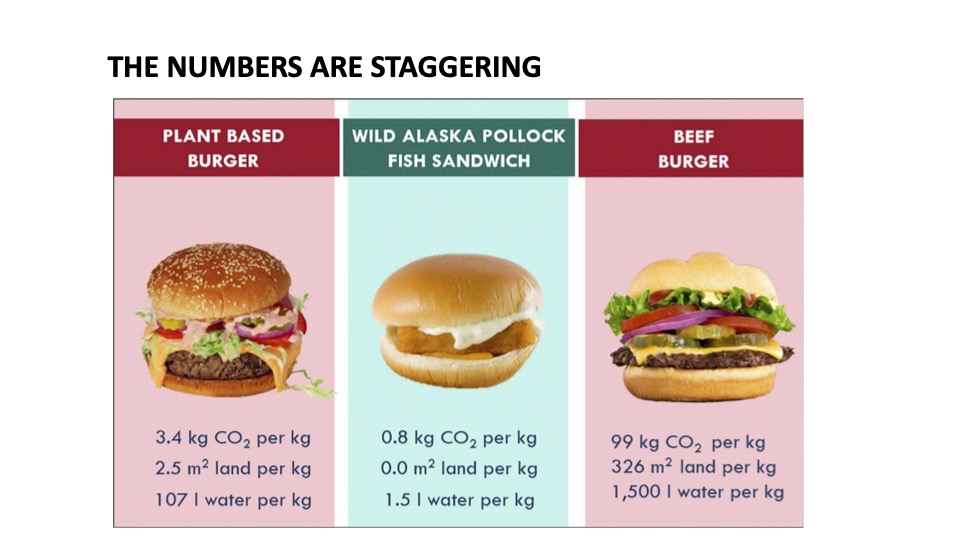
How does sustainability play a role in your industry?
In short, sustainability is central to everything that we do. Our bedrock is the science-based management of our fisheries, which is based on close partnership with a variety of government and scientific agencies to conduct robust and transparent science that determines the proper amount of fish for our industry to catch year to year. We have strict limits on incidental catch (i.e., non-target species), and we carry two federal observers on each fishing trip to document everything that comes up in our nets.
On average, our industry catches 15% of the fish population in a given year, meaning that most of the biomass is left in the ocean to grow and reproduce. And for every 100 tons of fish we catch, 97-98% is pollock or hake – making these some of the cleanest and most efficient fisheries on Earth. This performance has been repeatedly validated by third party eco-certification programs for over 20 years, and these fisheries are two of the highest scoring in the world.
It’s also worth noting that EVERY part of the fish we catch has value, and we make dozens of products onboard to ensure nothing is wasted. Almost all our products are shipped frozen and by ocean freight, which minimizes the carbon emissions of our distribution network, and can be fully traced from the minute they were caught all the way to our customers’ doorsteps.
And because we use no feed, take up no land, and make all our own freshwater, I’d argue that our industry produces one of the lowest environmental footprint proteins (plant or animal) in the world.
Can you discuss any sustainability initiatives you have been implementing at American Seafoods or plan to?
Of course! In addition to what I described earlier, we are ramping up efforts on carbon, operational waste, and packaging and plastics – just to name a few.
On carbon, we are building out our Scope 3 inventory and using that as an opportunity to identify the highest leverage emissions reduction opportunities across our supply chains.
On operational waste, we are evaluating new ways to initiate recycling programs in the remote parts of Alaska where our fishing vessels operate for more than half the year.
On packaging, we’ve begun annual tracking of our fiber and plastic footprints and have begun to partner with customers to reduce overall material usage and capture more recyclables at end-of-life.
We also continue to grow our flagship net recycling program. Since 2019, we have diverted approximately 170,000 pounds of old fishing gear from landfills, and we hope to recycle 100,000 additional pounds of old gear in 2023. Our ultimate goal is to create a closed loop where the plastics from retired nets are then upcycled into usable items for our vessels, warehouses, and customers to demonstrate that the fishing industry can lead when it comes to circularity innovation.
Lastly, even though our industry isn’t always thought of as pushing the innovation envelope, we are constantly tweaking and revamping the technology on our vessels. One program we are particularly excited about is the potential to make biodiesel from our processing byproducts (think fish skin, bones, heads, fins and viscera). Currently we convert these into fishmeal and oil for pet food and aquafeeds. Some of the fish oil is even used to power steam boilers on the vessels. Looking ahead, we are in the early design phase for an advanced concept biorefinery that would produce a B100 grade of biodiesel from our crude fish oil that could ultimately power our main engines. This could be a game changer for us on a number of levels.
When it comes to sustainability, do you see any key trends in your industry that could be shared more broadly?
It’s interesting, whenever I talk with sustainability colleagues in other industries – whether it be food and beverage, personal care, manufacturing or transportation – we all seem to be wrestling with the same set of wicked challenges. There isn’t a day that goes by that I don’t think about how to decarbonize our operations, make less waste, responsibly manage our plastics, or take better advantage of emerging technologies. And I know that they are, too.
In our company and industry, we’ve been lucky that sustainability has been engrained in our DNA for decades. Our businesses literally rely on a healthy ocean to provide our raw materials. We know that responsible and conservative natural resource management is THE key driver of our long-term financial success. So, if we can export that mindset to other industries, with the assurance that we don’t have to sacrifice strong returns, that would be a great message to spread.
I also think that we would all benefit from a greater commitment to transparency. In the past, sustainability or ESG disclosures were either viewed as a headache, or fodder for opponents to criticize us. But increasingly I believe the opposite is becoming true – that a lack of transparency is the real risk to our businesses, and one we must resist. I hope that we can fight that urge to keep our heads down – hoping that no one notices us – and instead celebrate our successes and be clear about where we can still improve.
It’s been an exciting journey for both American Seafoods and our industry, and I look forward to sustainability playing an essential role in every step forward we take.
Editor@Executives-edge.com

